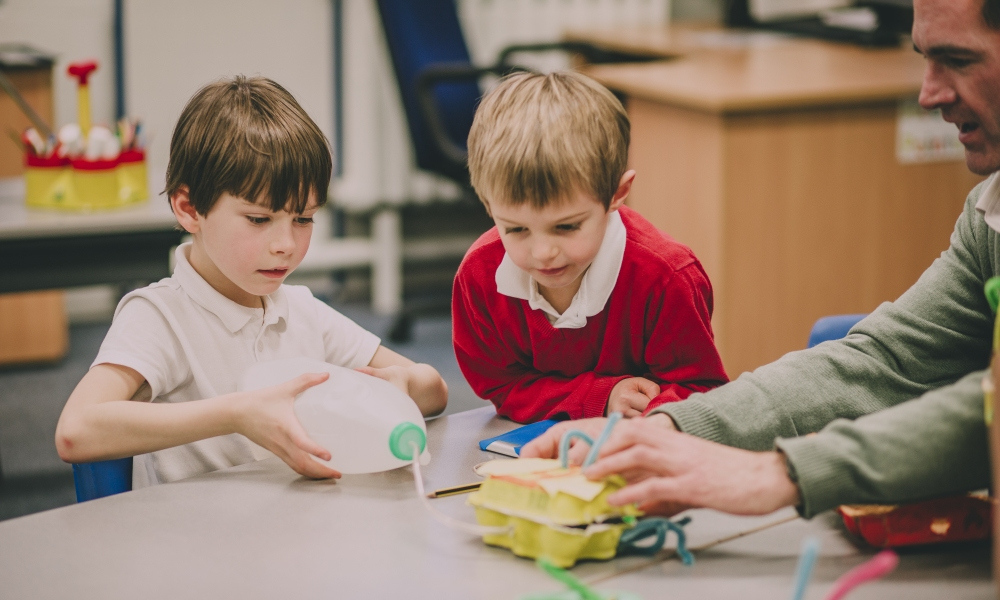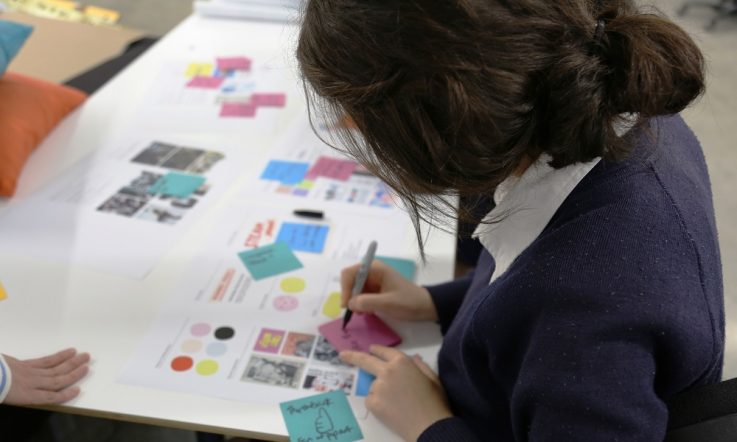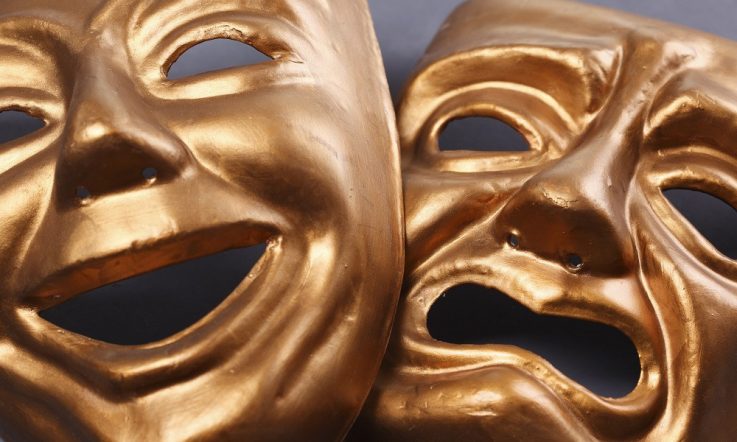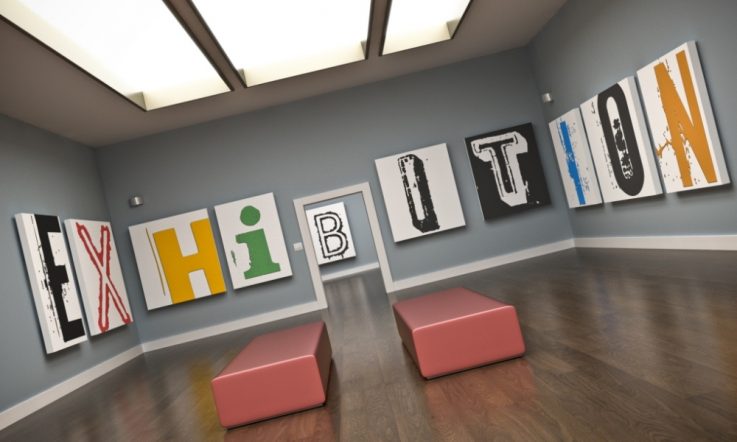Whilst governments focus on STEM (Science, Technology, Engineering and Maths), a quiet revolution is slowly happening through the integration of Arts with STEM.
STEAM is not a new concept, but rather a return to educational foundations, as exemplified by Dewey through the integration of multiple knowledge to explore concepts (Dewey, 1980). For 21st Century solutions to 21st Century problems, the Arts have a vital role in developing a creative mindset with the STEM areas.
I come from an Arts background but continue to have an interest and fascination in Science. To demonstrate the possibilities and potentials, working in the University of Newcastle School of Education I developed an elective 10-unit course that focused on the teaching of Science with Performance Arts, namely Dance, Drama and Music.
Initial Teacher Education students from Primary and Secondary degrees worked together. Some came from a Science background, some from an Arts background, whilst others chose the course due to a desire to develop a polymath perspective on knowledge and the integration of Key Learning Areas, away from the social constructs of knowledge we too often silo.‘(Curriculum Integration) is rooted in a view of learning as the continuous integration of new knowledge and experience so as to deepen and broaden our understanding of ourselves and our world.' (Beane, 1995, p.622).
The focus of the five-day intensive course was Stage 3 and 4 (ages 11-14) of the New South Wales Science and Creative Arts Curricula. The content included building performance arts knowledge and skills, applying 21st Century skills such as creativity, communication, collaboration and critical thinking through science and arts pedagogies, and designing KLA learning projects to explore science concepts and ideas through music and performance arts.
Throughout the course, Science knowledge was taught through the Arts and Arts knowledge was taught through Science – and whilst neither had precedence, assessment of the course had a practical arts base, deliberately minimising traditional forms of written assessment.
When exploring electricity, for example, students were introduced to the basics of the basics of atoms, with proton and neutrons – re-enacting their movement through objects with drama. Students then had theoretical knowledge download through discussion and direct instruction. Following this, in pairs students created a circuit with copper wire, light bulbs and a battery to demonstrate their understanding of the concepts. As a reflection they had to discuss practical examples, application and relevance of the theoretical concepts. A similar approach was taken to all learning knowledges and activities (Fitzgerald, 2013).
In understanding music, students had a variety of instruments to explore. We looked at the physical working of the instruments to create sounds, and then linked the aesthetic to the representational of sounds, final looking at the aesthetic visual of performance (Roy, Baker, & Hamilton, 2015).
Using Biology, students applied their own physicality and dance skills to explore the circulatory system being blood vessels and oxygen before then undertaking experiments with liquids and balloons. Many of the practical experiments came from the multitude of ‘easy science experiments at home' books available. To understand gravity, we dropped items. We created a ‘chaos pile' using the chairs in the room intertwined. Students had to individually remove chairs trying to not disrupt the other chairs – forces of gravity in action.
To understand how our brains process and interpret emotions, and each other, we used masks. Indigenous ways of understanding Science and the world was contextualised, as was the history of Science through multiple cultures. Knowledge was not fixed or absolute, but seen as fluid with different views considered. Ethics and ideologies were addressed.
In every activity undertaken, students were encouraged to consider what barriers to learning could be present for any student to ensure inclusion was paramount to all potential learners. For Science and the Arts to be engaged with fully by all in a community, disenfranchisement of learners through differences in gender, language, religious/ethnic background, social economic status or disability need to be acknowledged and supported.
One of the strengths of successful learning is a match between praxis and theory, that is to say through applying knowledge intellectually as well as practically. For some students, this was their first foray into performance and for others Science and STEM had been a foreign country to be avoided. The end result of the assessment demonstrated the confidence growth of the students. Students composed music to represent the movement of the planets in the solar system. Students performed drama through giving aspects of the Earth's mantle individual characterisations and performing the relationships between the tectonic plates. Key science discoveries were re-enacted using vaudeville.
Science is engaging and fun, the Arts likewise. Consider any Arts or Science concept and try to find no link between the two. If we truly want to encourage students in Science, STEAM and not STEM should potentially be the way forward. Only then might we have creative scientific solutions to the challenges our societies face.
References
Beane, J. A. (1995). Curriculum Integration and the Disciplines of Knowledge. Phi Delta Kappan, 76(8), 616-622.
Dewey, J. (1980). Art As Experience. New York: Perigee.
Fitzgerald, A. (2013). Learning and Teaching Primary Science. Melbourne: Cambridge University Press.
Roy, D., Baker, B., & Hamilton, A. (2015). Teaching the Arts Early Childhood and Primary Education (2nd ed.). Melbourne: Cambridge University Press.
Think about a unit of work you’re due to teach in Science or an area of the Arts:
What opportunities are there to make cross-curricular links between the two?
If you’ve planned traditional written assessments, how could you incorporate creative, practical assessment tasks?



